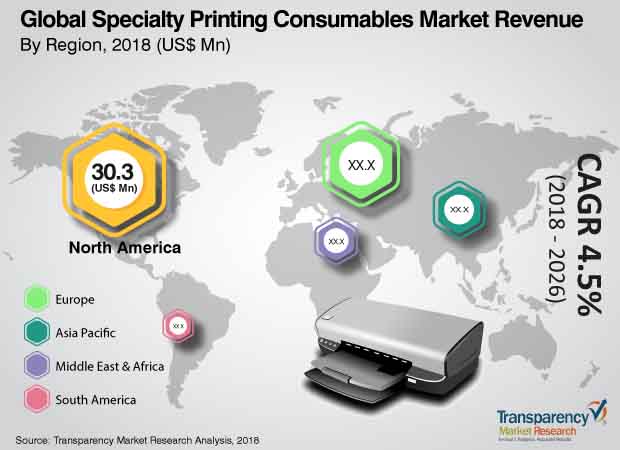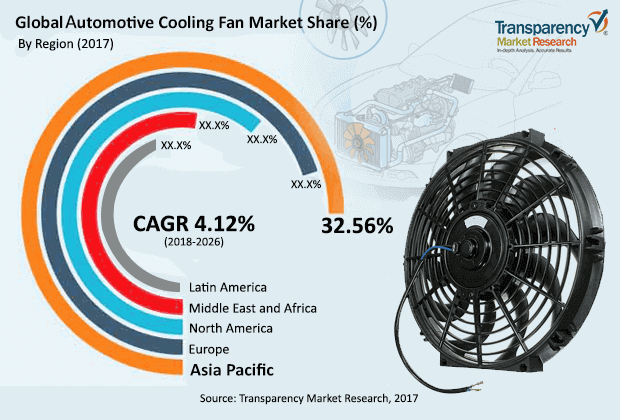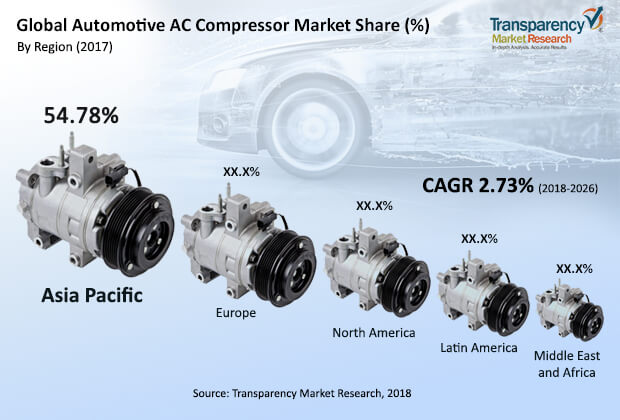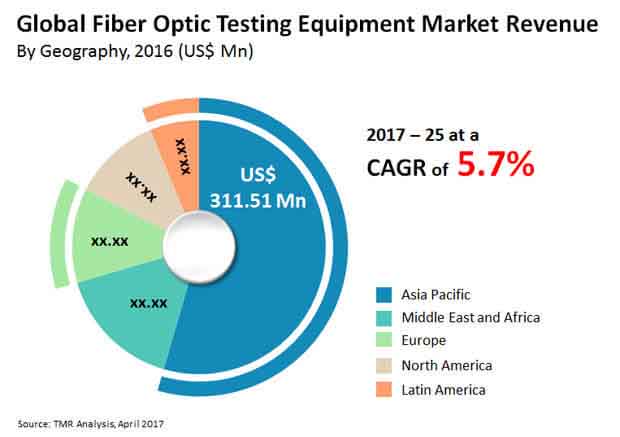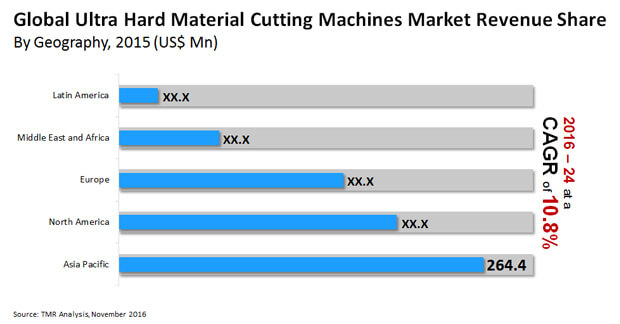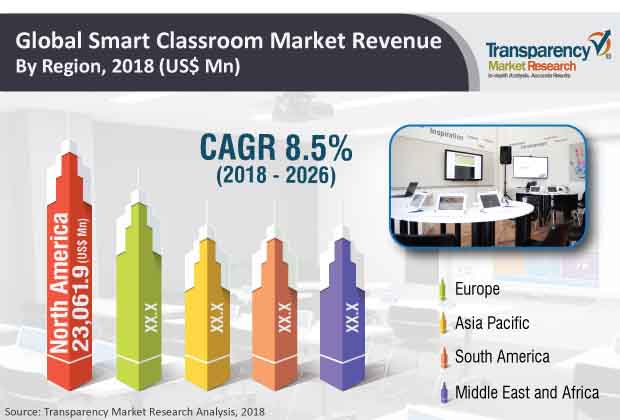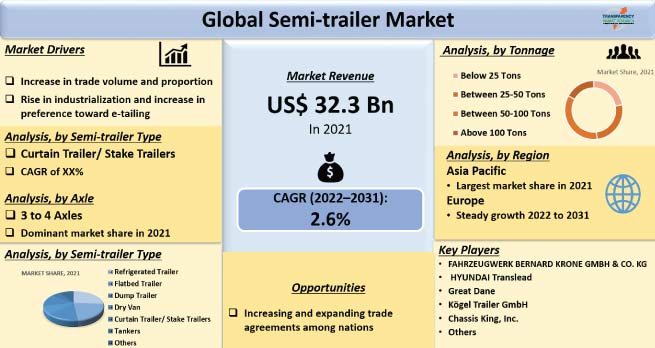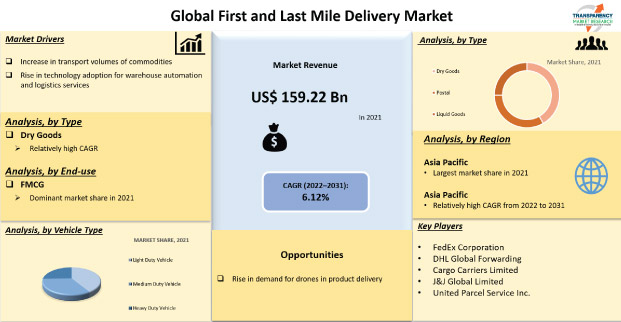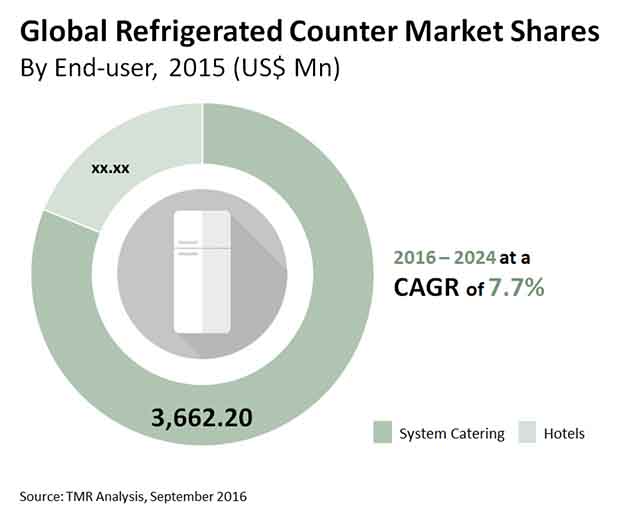In-line pumps are centrifugal pumps which have both vertical and horizontal shaft, with the suction and discharge connections in the casing in line with each other. The in-line design eliminate the need for costly foundations and guarantees low space requirements. The bracket and motor assembly can be separated from the casing without disturbing the piping. The primary difference between both types i.e. vertical and horizontal is the shape and position of the shaft. In a horizontal centrifugal pump, the shaft is normally in a horizontal position. It is sometimes overhung or placed between the bearing design. In case of a vertical pump, the shaft is in vertical position; it is always an overhang position. Convenience and space restriction are the factors to be kept in mind while making a choice between horizontal and vertical inline centrifugal pumps.
In-line Pumps Market - Drivers and Restraints
Rising industrialization and construction activities increases the demand for in-line pumps in urban areas. Rising urbanization is another driver supporting the increasing construction activities in urban areas. In modern farming and agriculture, farmers are using in-line pumps to irrigate the land and enhance the production. Depletion of ground water levels are likely to fuel the demand for in-line pumps due to increasing demand for clean water. Increasing industrialization and manufacturing activity will increase the amount of wastewater. Hence, companies and municipal corporations are likely to focus on wastewater treatment plants and desalination plants to clean the water and reduce water pollution. Rising demand for energy efficient pumps in oil and gas and other energy efficient sectors are driving the market. Implementation of strict rules and regulations by governments especially in the food and beverages sector, and increasing demand for water pumps from the pharmaceutical sector is positively influencing the global in-line pumps market. The high pressure pumps decrease the time and increase the efficiency of manufacturing plants. The major raw material which are used in the production of in-line pumps are iron and bronze. Governments are procuring in-line pumps to extinguish fires without any casualty and damage, thus strengthening the firefighting department. Different pressure rating of pumps are used for different application. Heating and air conditioning, circulating water services, pressure boosting etc. are the applications for which in-line pumps are used.
Access Market Data by Requesting Sample PDF @ https://www.transparencymarketresearch.com/sample/sample.php?flag=S&rep_id=60336
There are some restraints which can affect the demand for in-line pumps. These pumps require large headroom for installation and maintenance especially when it comes to multistage units or turbine pumps. Sometimes it is difficult to balance the hydraulic axial thrust especially when there is high suction pressure due to the overhang design. Another disadvantage which can impact the performance of vertical in-line pumps is that any leakage from the seal of the pump will collect around the top of the casing and it can cause corrosion of the casing, rather than getting drained. Horizontal in-line pumps cannot be used for high temperature applications.
In-line Pumps Market - Segmentation
The global in-line pumps market can be segmented based on product type, applications, and region. On the basis of product type, the in-line pumps market can be classified into vertical and horizontal. In terms of applications, the in-line pumps market can be classified into heating, air conditioning, hot water, snowmelt, and others (pressure boosting, liquid transfer, general industrial service, etc.). Based on region, the in-line pumps market can be divided into North America, Europe, Asia Pacific, Middle East & Africa, and South America.
In-line Pumps Market- Key Players
Key players in the global in-line pumps market are Patterson Pump Company, TUMA Pump Systems GmbH, Grundfos Pumps Corporation, Peerless Pump Company, Crane Pumps & Systems Inc., Dab Pumps Spa, CECO Environmental, Kirloskar Brothers Limited, and DESMI A/S.
